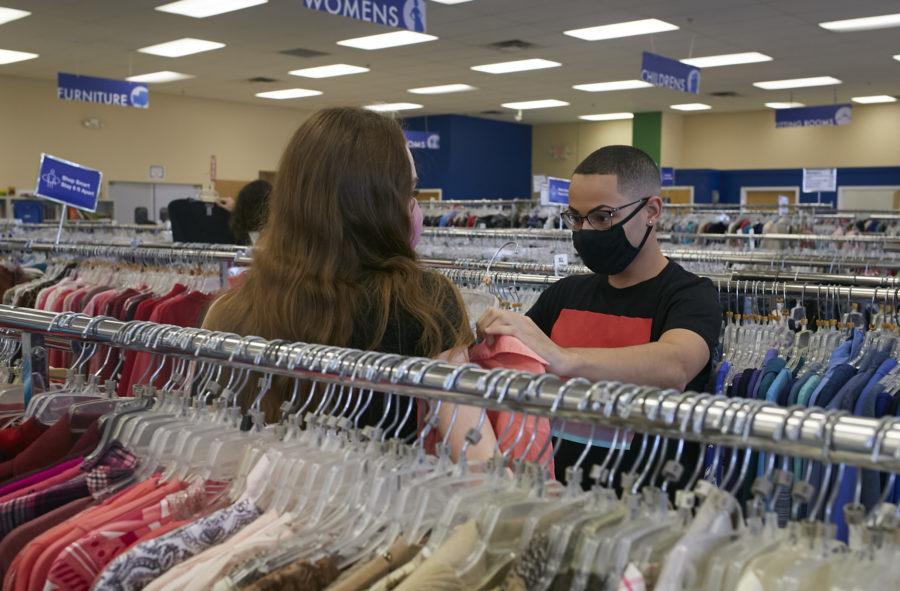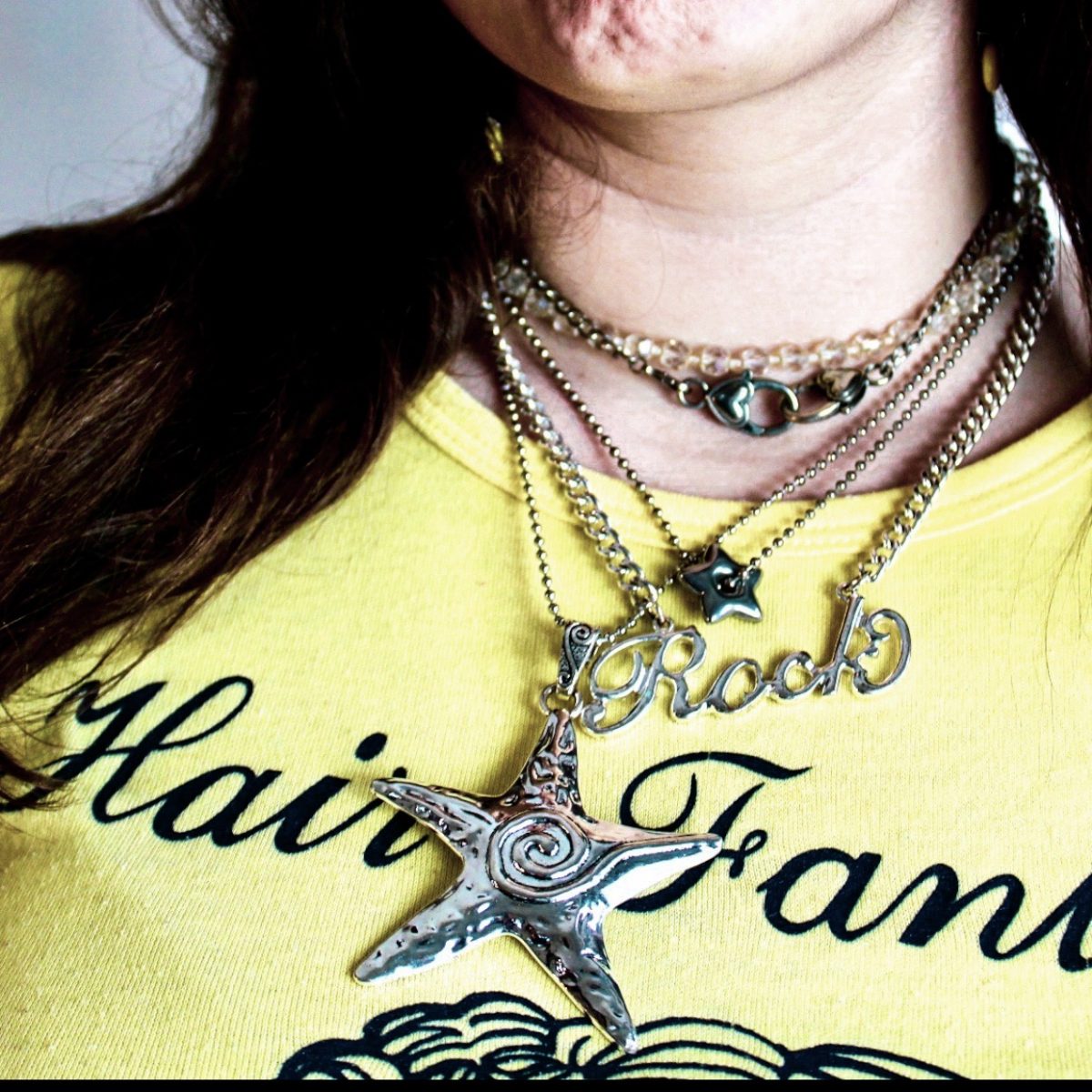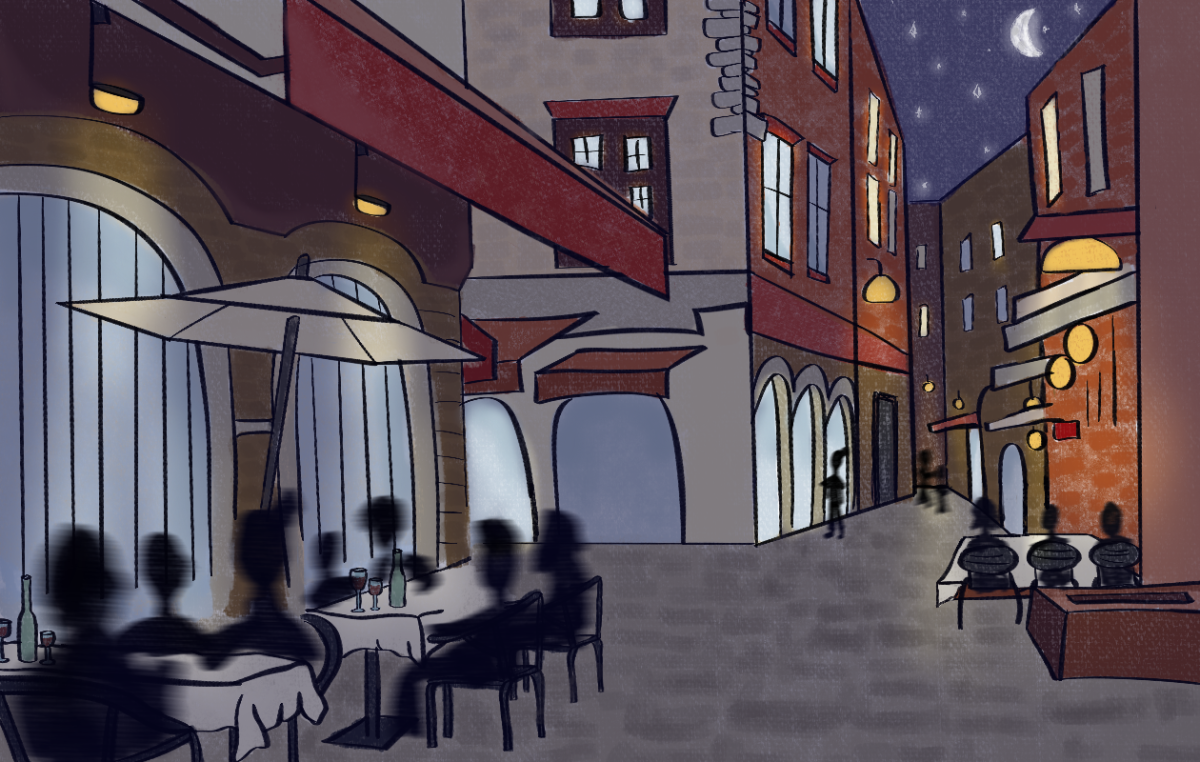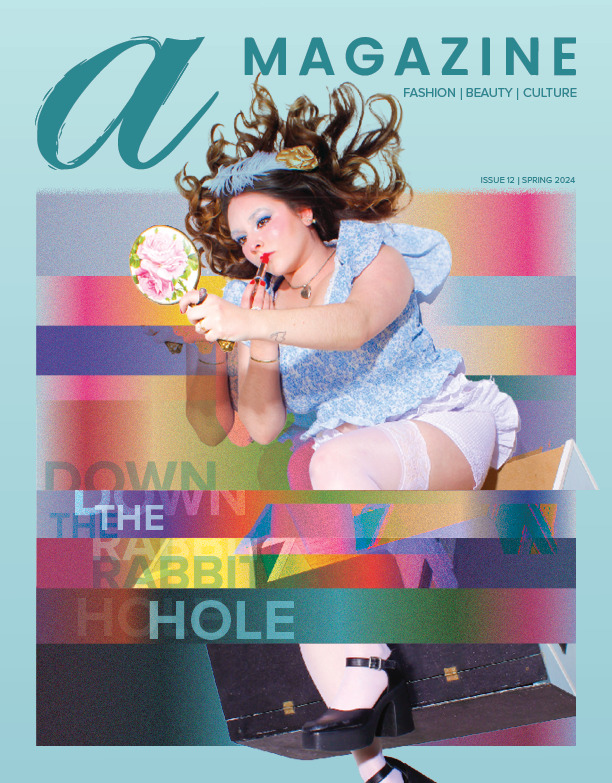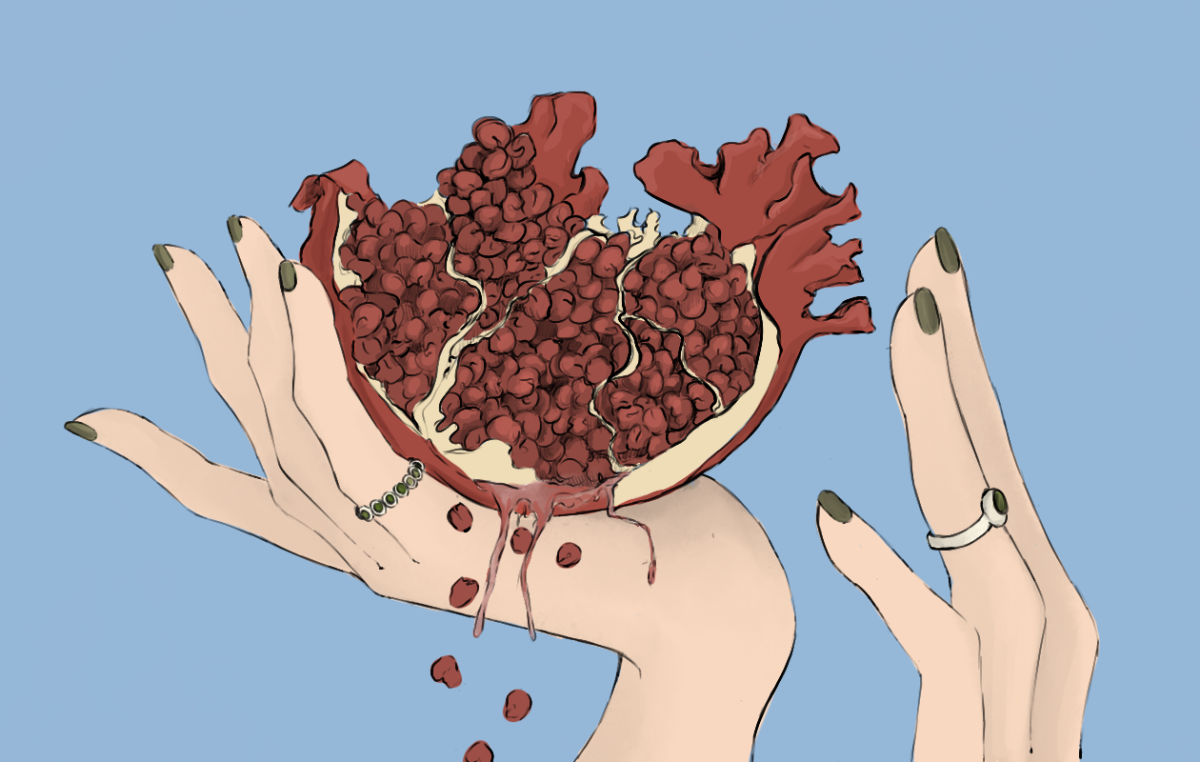Although there was once a stigma around shopping secondhand, thrifting has now become a mainstream activity. Numerous Instagram accounts and Youtube channels are dedicated specifically to thrifted fashion. However, it can be difficult and even overwhelming to find treasures among the infinite racks of clothing. Here are some tips to help beginners start their thrifting journey.

Location, location, location!
The types of clothes that are donated to a thrift store are dependent on the area’s demographic. If you’re looking for vintage garments, try going to a store in an area with an older population. Additionally, estate sales usually have retro pieces in great condition and have less clothing to sort through. For a Y2K look, try shops closer to the city — they’ll have more ‘90s and ‘00s pieces due to a younger demographic. It is also important to note that it is generally frowned upon to thrift in lower income neighborhoods unless it is a necessity, as this can be a form of gentrification.
Timing is everything
Most people bring in donations on Saturdays and Sundays. Because it takes a few days to process new donations, it’s best to go thrifting on weekday mornings. Tuesday and Wednesdays are usually when I have the best luck. Because it’s during the work week, shopping on these days also helps to avoid larger crowds.
Make a list
What are you looking for? Make a list, physically or mentally, of what types of items you want to buy. This can be as general or specific as you want. It saves time in the long run, allowing you to skip over sections and focus on the areas in which you want to spend most of your time. Another important part of your mental checklist is asking yourself if you are willing to alter clothing. If the answer is no, it narrows down your search by size as well.
Look through everything
This is the key to finding the diamonds in the rough! When thrifting, looking at each individual garment is a must, so make sure to give yourself plenty of time to browse. Doing a quick scan over items allows you to go through each item at a quick pace. The two qualities to look for are color and material. Personally, I always look for pieces that are made from heavier materials like tweed and denim, as they last longer and are more likely to be in good condition. I also examine pieces that catch my eye during a quick scan, usually garments with bold patterns or that consist of more unique materials such as satin or silk.

Try it on!
Most thrift stores have fitting rooms. It is extremely helpful to try on your thrift store finds in order to see how they fit on your body. Maybe that oversized jacket you bought is a little too oversized, but you wouldn’t have known if you hadn’t tried it on! Since thrift stores don’t allow returns, it’s better to be safe than sorry and use the fitting rooms before you make a purchase. This helps not only to narrow down your selection, but also to experiment with repurposing clothing items. One of my favorite outfit hacks is cuffing the sleeves on a dress shirt and buttoning it down halfway before tying the material in the front to make a cute and preppy crop top. One of the aspects that sets apart pro thrifters from beginners is the vision to change the way you style your clothing. It doesn’t always come naturally, but practice makes perfect.
Shop the sales
Last but not least is knowing when the sales are going on. Most thrift stores will have email newsletters stating special sale events. Many also have a “color of the week” or “color of the day” which rotates what items are on sale, according to what color sticker is on the garment’s tag. While shopping, looking out for the sale color is a great way to save even more money while shopping. Additionally, some thrift stores have rewards cards to reward loyal thrifters with points and additional discounts.
Now that you’re equipped with some insider thrifting tips, it’s time to go out and get shopping! By choosing thrifting over fast fashion, you are helping promote a more sustainable way of life that also happens to be friendly to a college student’s budget.

